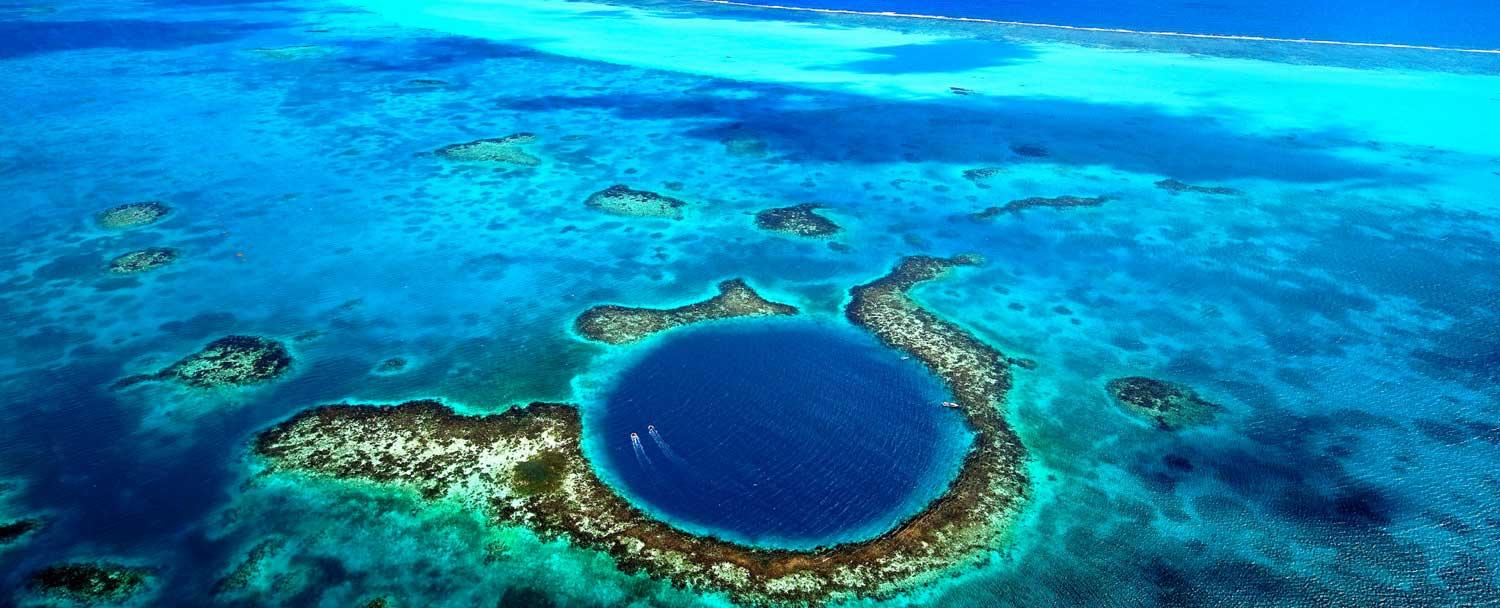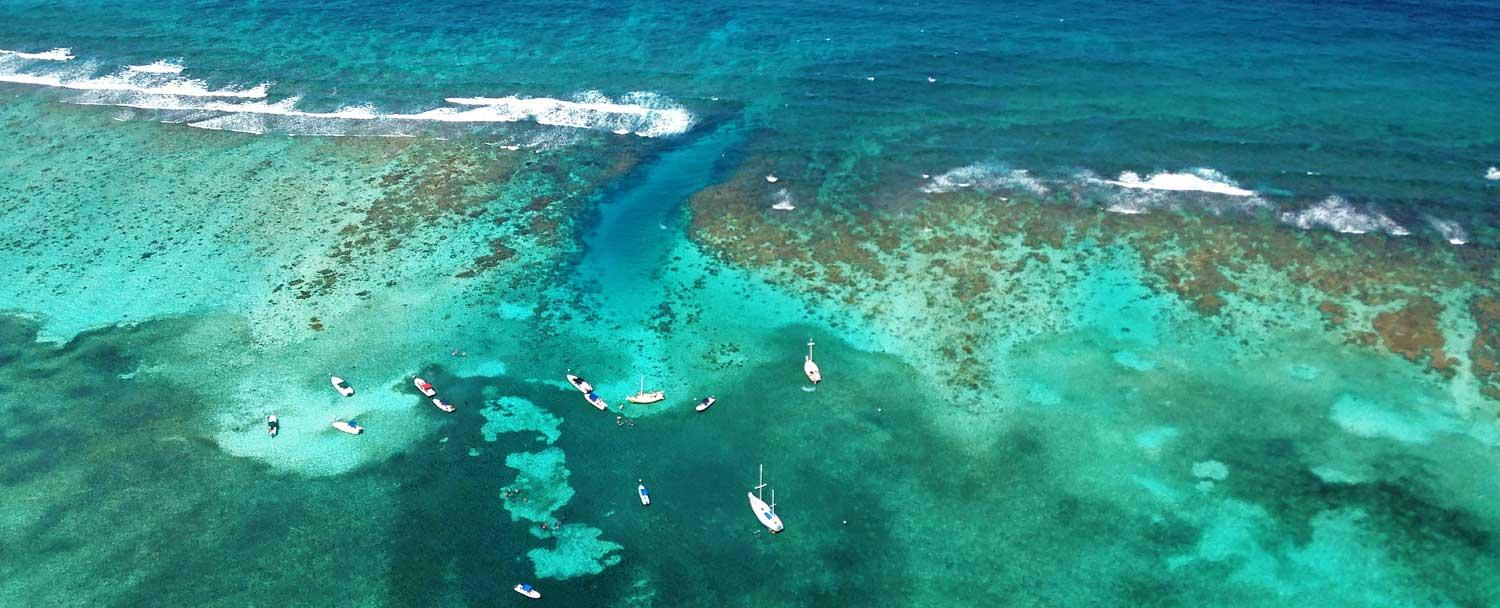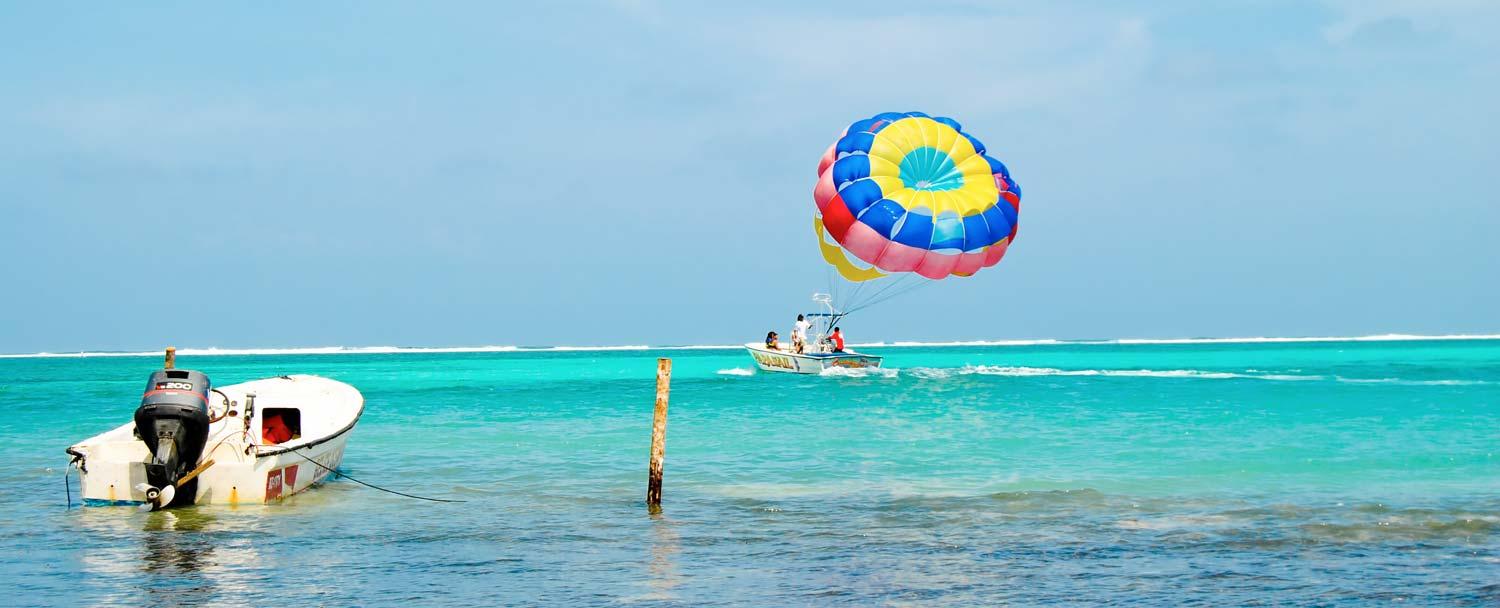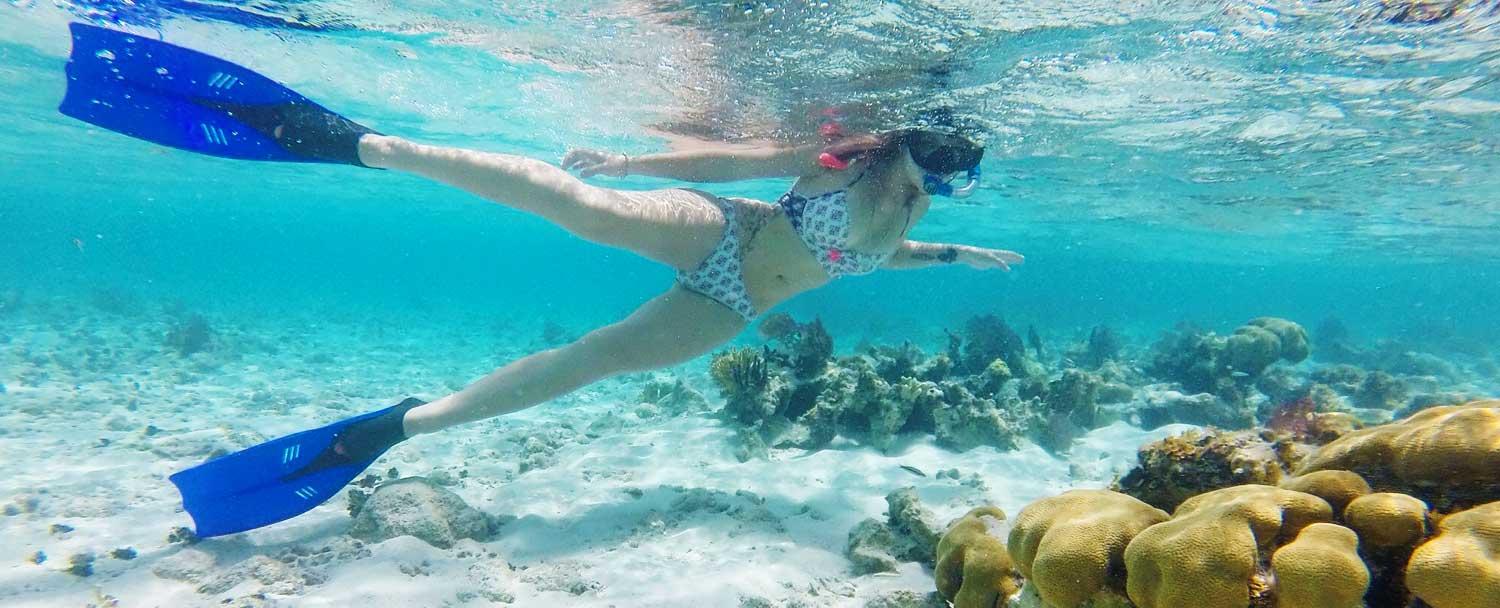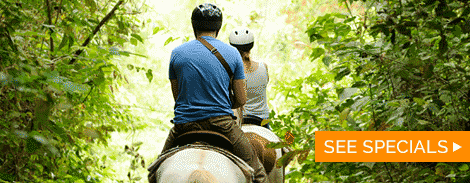Belize Barrier Reef
The Great Belize Barrier Reef - A World Heritage Site
One of the world’s great natural wonders, The Belize Barrier Reef, running some 190 miles (300 km) along Belize’s Caribbean coastline, is the largest reef system in the northern hemisphere, and the world’s second largest after Australia’s Great Barrier Reef. Along with some of the planet’s largest atolls, the reef supports diverse, vibrant marine habitats, shelters hundreds of small islands, locally known as cayes, and provides protection for Belize’s Caribbean coast.
Since 1996 the Belize Barrier reef has been designated as a UNESCO World heritage Site in recognition of its importance as a marine habitat and global natural resource.
In addition to providing habitats for a wide variety of marine and other wildlife, as well as a large bird population, the reef has for centuries provided a living for countless Belizeans – originally in the fishing and lobster industries, and more recently in Belize’s growing tourism sector.
Today, locals and overseas visitors enjoy world-class snorkelling, Scuba diving, sailing, sport and game fishing and other activities on what Charles Darwin, in 1842, called “the most remarkable reef in the West indies”.
Cayes, Atolls and The Great Blue Hole
As part of the 560 mile (900 km) Mesoamerican Barrier Reef System stretching from Mexico’s Yucatan Peninsula to the coast of Honduras, the Belize Barrier Reef System contains over 400 cayes and three of the hemisphere’s four largest atolls – Lighthouse Reef Atoll, Glovers’ Reef Atoll, and Turneffe Atoll.
Lighthouse Reef Atoll, some 80 kilometres (about 50 mi) southeast of Belize City, is one of the world’s most famous, and features the Great Blue Hole; a giant sinkhole that can be seen from outer space and was made famous by Jacques Cousteau’s research aboard his vessel Calypso.
Some of Belize’s most popular cayes include Caye Caulker, St George’s Caye, Caye Chapel, Blackbird Caye, Ranguana Caye, Rendezvous Caye, English Caye, Long Caye, Gladden Caye, Moho Caye, and South Water Caye.
Ambergris Caye, in sight of the reef, offers a wide range of activities and accommodations – including Chaa Creek partner resorts and Unique Hotels of Belize colleague Victoria House.
Belize Barrier Reef Conservation
To ensure the continuation of the reef’s health, seven protected areas, accounting for some twelve percent of the entire reef system, have been established:
- Bacalar Chico National Park and Marine Reserve
- Blue Hole National Monument
- Half Moon Caye Natural Monument
- South Water Caye Marine Reserve
- Glovers Reef Marine Reserve
- Laughing Bird Caye National Park, and
- Sapodilla Cayes Marine Reserve
Together, the seven marine protected areas, the shelf lagoon, offshore atolls and coastal habitats all constitute the Belize Barrier Reef Reserve System, or BBRRS. As the largest barrier reef system in the northern hemisphere, it’s size, geographic spread and diversity makes for a vibrant ecosystem that supports an astounding number of species, including corals, fish, shellfish, sponges, tunicates, birds, marine mammals and other life forms, giving the BBRRS the highest levels of marine biodiversity in the Atlantic and Caribbean.
Belize’s Barrier Reef is also an important habitat for endangered species, such as green, loggerhead, and hawksbill turtles, West Indian manatees, the American marine crocodile, and others. The reef also supports major bird colonies, such as Half-Moon Caye’s red-footed booby colony, Man O’War Caye’s brown booby habitat, and the common noddy colony found on Glovers Reef.
Huge whale sharks, the largest fish the world has ever known, congregate at Gladden Spit every year in a spectacular annual migration – making this one of the few places on the planet where people can dive with these gentle giants.
However, while the BBRRS’s size and diversity helps make it resilient to environmental impacts such as hurricanes, we’re now better understanding the toll that climate change and increased human activity and exploitation are taking on both the Belize and Australian Great Barrier Reefs. These challenges are making careful monitoring and management increasingly more important.
Fortunately, global marine conservation organisations are working with local environmentalists, and their combined public awareness campaigns, lobbying and other efforts are showing results.
For example, after such efforts, the Belize government imposed moratoriums on oil drilling and commercial trawling along the reef, and grassroots organisations in Placencia, Ambergris Caye and other areas are closely monitoring commercial development on the cayes, the impacts of cruise ship tourism and other issues.
Since 1981 The Lodge at Chaa Creek has helped introduce thousands of visitors to the Belize Great Barrier Reef. And, along with other Belize tourism stakeholders, we have been actively promoting sustainable tourism and responsible travel as a way to ensure that tourism supports environmental sustainability, so that this spectacular natural wonder will continue to enthral and educate visitors for many generations to come.

